
cd_nom
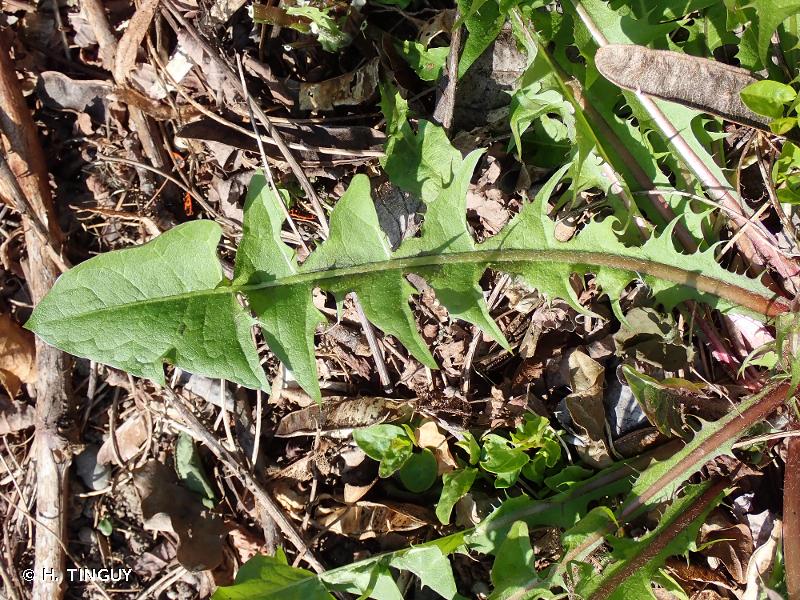
| Author : H. TINGUY |
 |
To get the picture, please visit:
Hugues Tinguy
email : inpn@mnhn.fr
Despite the Creative Commons license, please inform the author of the use which will be made of his photo

| Author : H. TINGUY |
 |
To get the picture, please visit:
Hugues Tinguy
email : inpn@mnhn.fr
Despite the Creative Commons license, please inform the author of the use which will be made of his photo
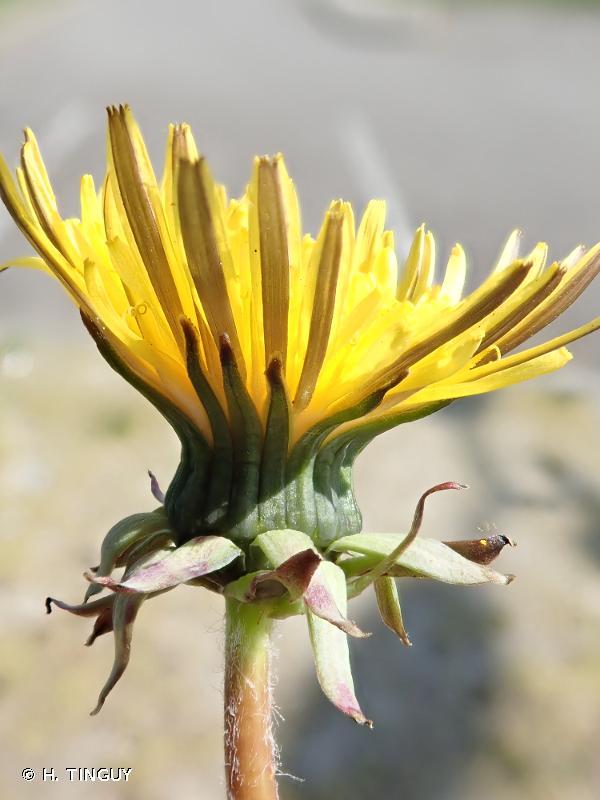
| Author : H. TINGUY |
 |
To get the picture, please visit:
Hugues Tinguy
email : inpn@mnhn.fr
Despite the Creative Commons license, please inform the author of the use which will be made of his photo

| Author : H. TINGUY |
 |
To get the picture, please visit:
Hugues Tinguy
email : inpn@mnhn.fr
Despite the Creative Commons license, please inform the author of the use which will be made of his photo
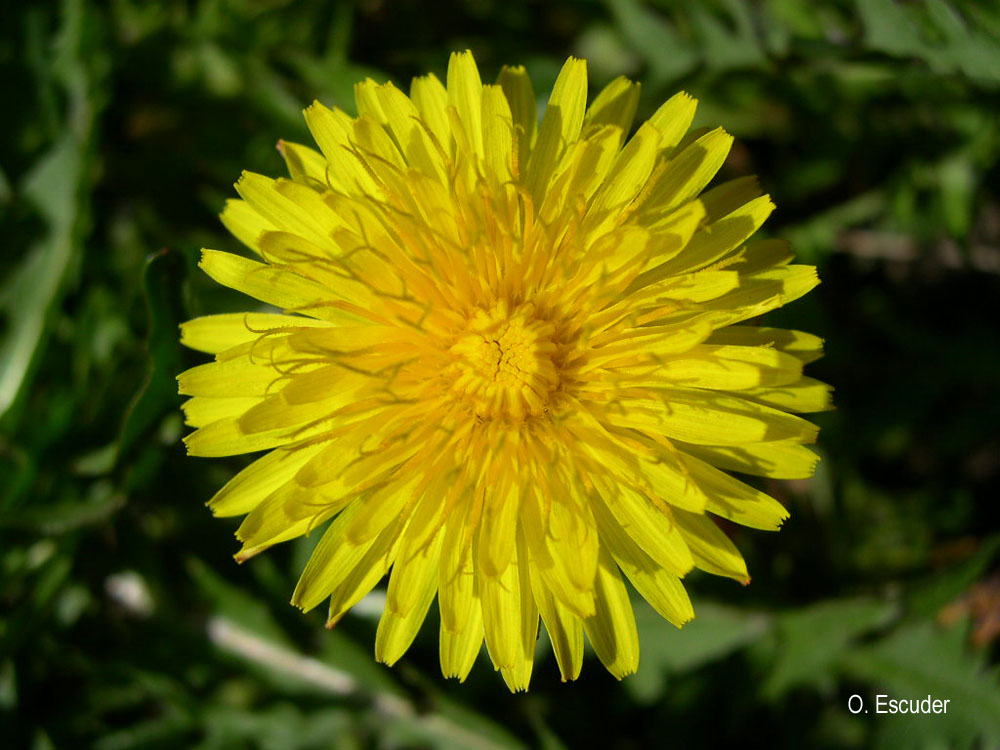
| Author : O. Escuder |
 |
To get the picture, please visit:
Olivier ESCUDER
Muséum national d'Histoire naturelle - Service du Patrimoine Naturel
36 rue Geoffroy Saint-Hilaire
CP 41
75 231 PARIS CEDEX 05
e-mail : inpn@mnhn.fr
Despite the Creative Commons license, please inform the author of the use which will be made of his photo
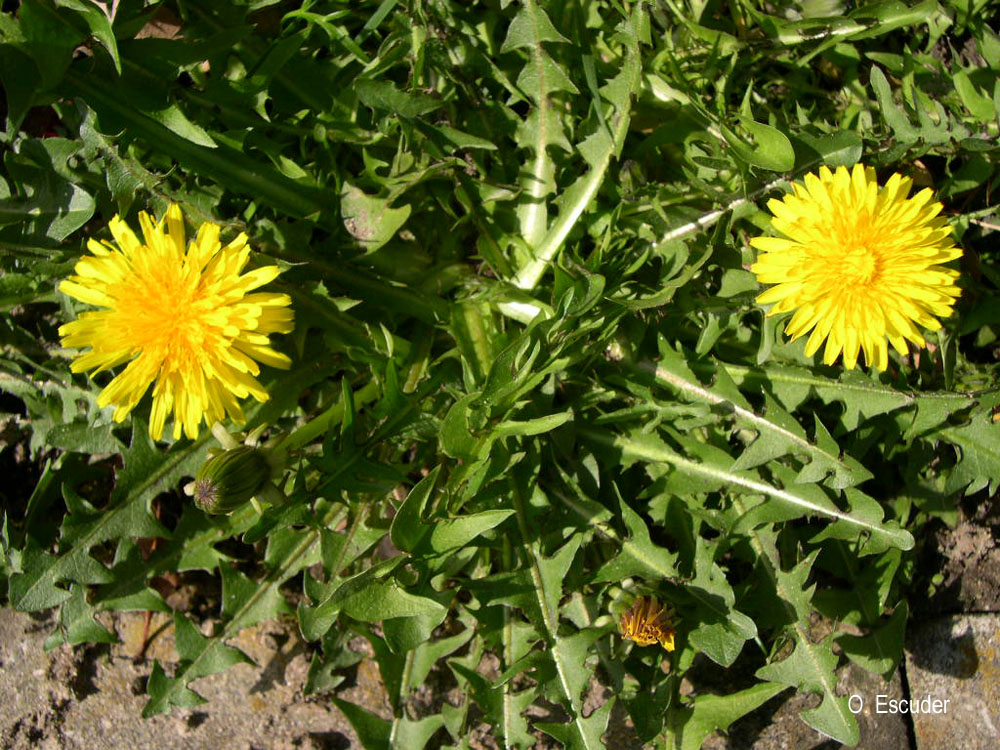
| Author : O. Escuder |
 |
To get the picture, please visit:
Olivier ESCUDER
Muséum national d'Histoire naturelle - Service du Patrimoine Naturel
36 rue Geoffroy Saint-Hilaire
CP 41
75 231 PARIS CEDEX 05
e-mail : inpn@mnhn.fr
Despite the Creative Commons license, please inform the author of the use which will be made of his photo
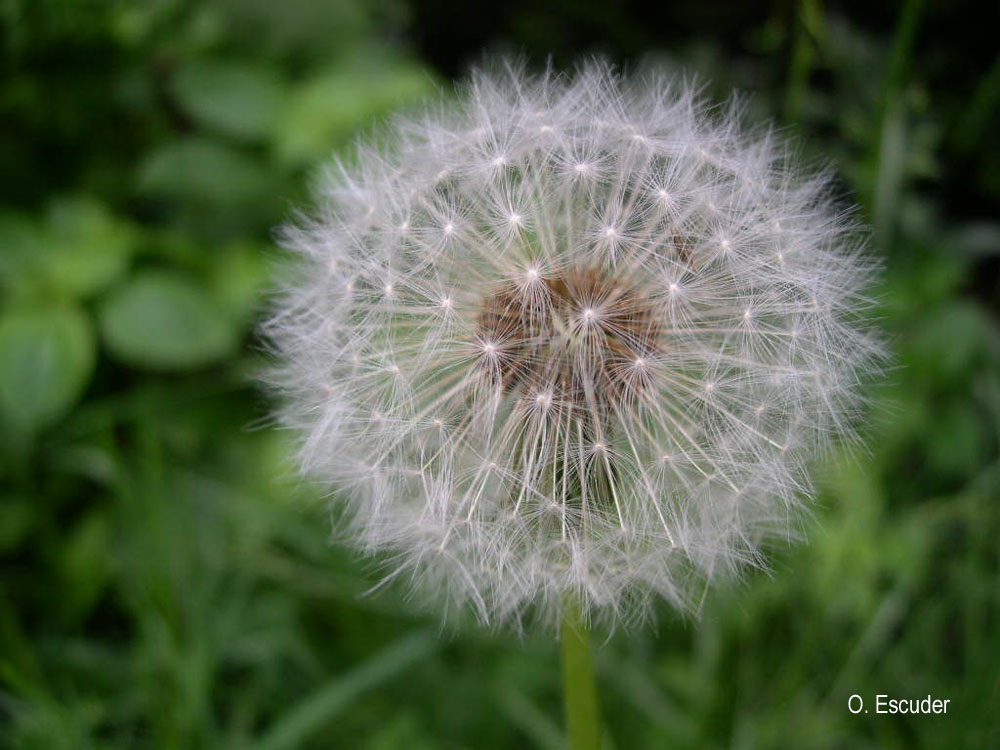
| Author : O. Escuder |
 |
To get the picture, please visit:
Olivier ESCUDER
Muséum national d'Histoire naturelle - Service du Patrimoine Naturel
36 rue Geoffroy Saint-Hilaire
CP 41
75 231 PARIS CEDEX 05
e-mail : inpn@mnhn.fr
Despite the Creative Commons license, please inform the author of the use which will be made of his photo
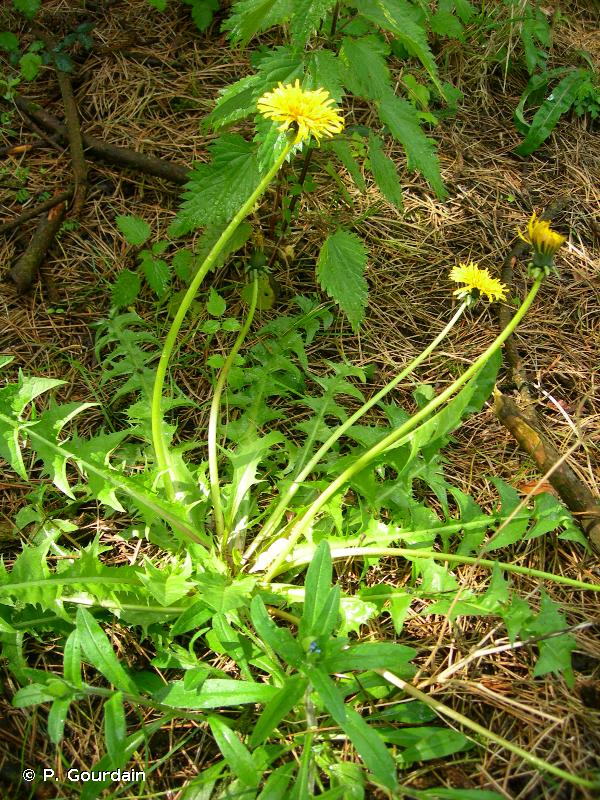
| Author : P. Gourdain |
 |
To get the picture, please visit:
Philippe GOURDAIN
Muséum national d'Histoire naturelle - Service du Patrimoine Naturel
36 rue Geoffroy Saint-Hilaire
CP 41
75 231 PARIS CEDEX 05
e-mail : inpn@mnhn.fr
Despite the Creative Commons license, please inform the author of the use which will be made of his photo

| Author : P. Gourdain |
 |
To get the picture, please visit:
Philippe GOURDAIN
Muséum national d'Histoire naturelle - Service du Patrimoine Naturel
36 rue Geoffroy Saint-Hilaire
CP 41
75 231 PARIS CEDEX 05
e-mail : inpn@mnhn.fr
Despite the Creative Commons license, please inform the author of the use which will be made of his photo
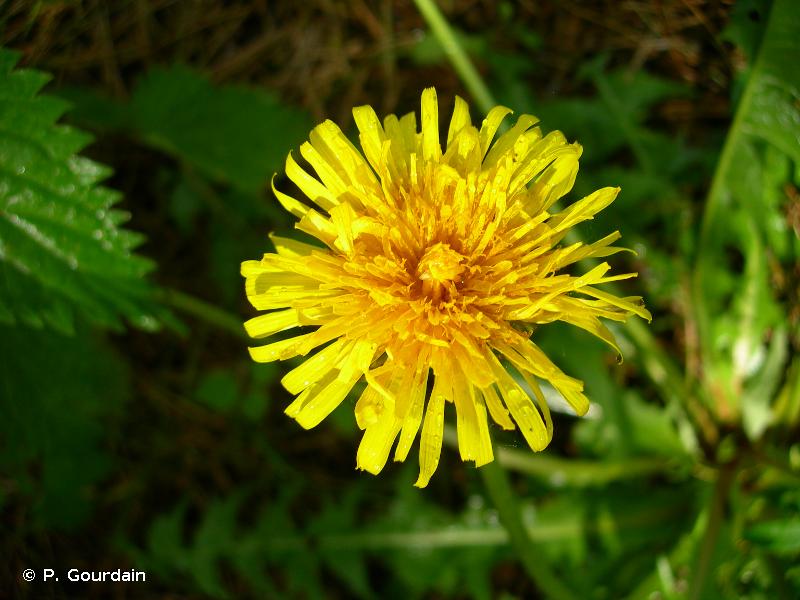
| Author : P. Gourdain |
 |
To get the picture, please visit:
Philippe GOURDAIN
Muséum national d'Histoire naturelle - Service du Patrimoine Naturel
36 rue Geoffroy Saint-Hilaire
CP 41
75 231 PARIS CEDEX 05
e-mail : inpn@mnhn.fr
Despite the Creative Commons license, please inform the author of the use which will be made of his photo
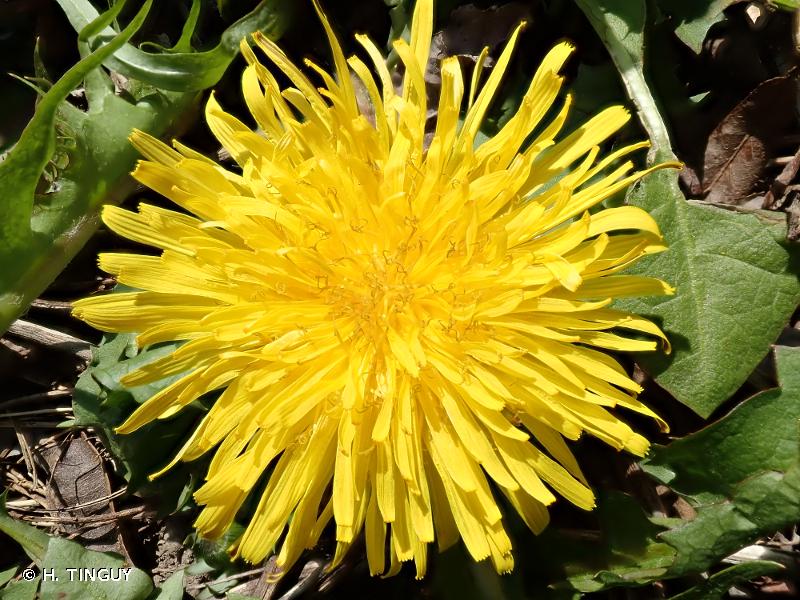
| Author : H. TINGUY |
 |
To get the picture, please visit:
Hugues Tinguy
email : inpn@mnhn.fr
Despite the Creative Commons license, please inform the author of the use which will be made of his photo

| Author : H. TINGUY |
 |
To get the picture, please visit:
Hugues Tinguy
email : inpn@mnhn.fr
Legend: stigmates avec pollens
Despite the Creative Commons license, please inform the author of the use which will be made of his photo
Le Pissenlit commun ou Dent-de-lion (Taraxacum officinale F.H.Wigg.) est une espèce de la famille des Asteraceae (anciennement appelée Composées ou Compositae). Il est très commun dans toutes les régions de la France métropolitaine, bien que parfois rare dans le Midi. Ses milieux de prédilection sont les pelouses et prairies riches en matières nutritives (en particulier les éléments azotés rejetés par les animaux de pacages, tels les bovins et les ovins) et relativement humides, depuis les régions de plaine jusqu'aux zones de haute altitude.
Cette plante est médicinale (son nom de genre Taraxacum vient de deux mots grecs signifiant « remède pour [tous] les maux ») : elle est très utilisée pour ses puissantes vertus cholérétiques et cholagogues, ainsi qu'en dépuratif et diurétique. Les abeilles affectionnent le nectar produit par ses fleurs et le miel de Pissenlit est très apprécié pour sa forte teneur en vitamines et oligoéléments.
Si tout un chacun est capable de reconnaître le Pissenlit commun, pour le botaniste cette plante est très problématique. En réalité, il existe un nombre très important d'espèces de pissenlits, complexes à déterminer correctement, du fait de la très forte variabilité morphologique des individus. De ce fait, il est habituel de considérer qu'il n'existe que trois grands groupes d'espèces de pissenlits en France, dont le groupe dit Taraxacumgr. ruderalia, dont fait partie le Pissenlit commun (Taraxacum officinaleF.H.Wigg.)
Le Pissenlit commun est une plante vivace herbacée acaule : aucune tige n'est produite et les feuilles émergent d'un seul bourgeon situé au ras du sol. Celles-ci sont entières, bien que profondément découpées en pointes larges et profondes (d'où le nom vernaculaire de Dent-de-lion) et appliquées directement sur le sol, en une large rosette étalée. Comme toutes les espèces de la famille des Asteraceae, cette plante présente un grand nombre de toutes petites fleurs accolées entre elles au sein d'un plateau en forme d'assiette, appelé capitule, et qui termine le pédoncule floral pouvant atteindre une vingtaine de centimètres de hauteur. Les fleurs présentent cinq pétales jaune orangé, soudés entre eux et formant une languette en forme de lanière de ceinture, qui ressort du capitule (on dit que les fleurs sont ligulées). Les cinq sépales sont hypotrophiés et réduits à de fins poils. L'androcée est composé de cinq étamines à anthères soudées entre elles et le gynécée est bicarpellaire gamocarpique (bien qu'un seul des deux carpelles soit véritablement fertile). Le fruit est un akène ornementé d'un toupet de poils (le pappus) en forme d'ombrelle, qui assure ainsi une meilleure portabilité de celui-ci dans l'air par les courants aériens. La graine enfermée dans le fruit est alors disséminée par le vent (anémochorie).
Référence bibliographique principale : COSTE H. – 1900-1906. Flore descriptive et illustrée de la France, de la Corse et des contrées limitrophes. Tome II. Paul-Klincksieck, Paris. Réédition en 1998 par la Librairie scientifique et technique Albert Blanchard, Paris : 627 pp.
Olivier Escuder(UMS 2006 Patrimoine Naturel (AFB / CNRS / MNHN)),2014
Continental
Metropolitan France
Overseas
Marine
Metropolitan France
Overseas
The map presents a summary at the 10 x 10 km grid of the observation data for the species transmitted to the SINP. These data have been subjected to validation filters.
The map presents a reference distribution layer of the species at the scale of departments and marine sectors. The presence and absence data were established by expertise within a network of partners. This reference distribution is used in the validation process of the SINP data at the INPN level.
Corresponds to a report on the basis of at least one observation proved within a period of 10 years (20 years for little-known invertebrates) preceding the year and no presumption of extinction since obtaining the last data nor doubt on reproductive and implemented nature of this population. For migratory species, the presence indicated concerns areas of reproduction.
This status is based on one or more of the following criteria:
This point covers the absence, more difficult by nature to demonstrate than presence. This status is based on one or more of the following criteria:
This status must be assigned to a department in which the presence of the species is casual.
Particular case of absence due to a proven extinction less than a half century ago (older disappearances are treated as "no probable or definite").
In the state of knowledge, we can not comment on the presence or absence in the current department. This is the default status when not comprised in one of the previous categories or whenever there is doubt.
The map shows the global distribution of the species based on GBIF data (Global Biodiversity Information Facility).
